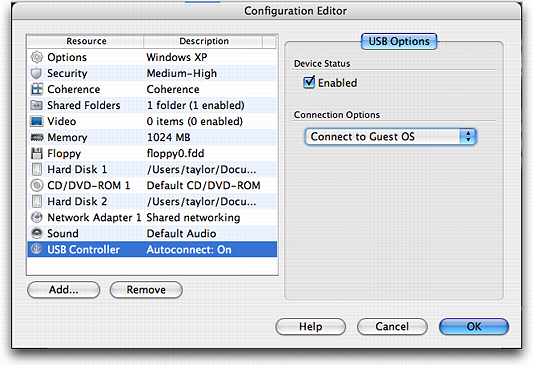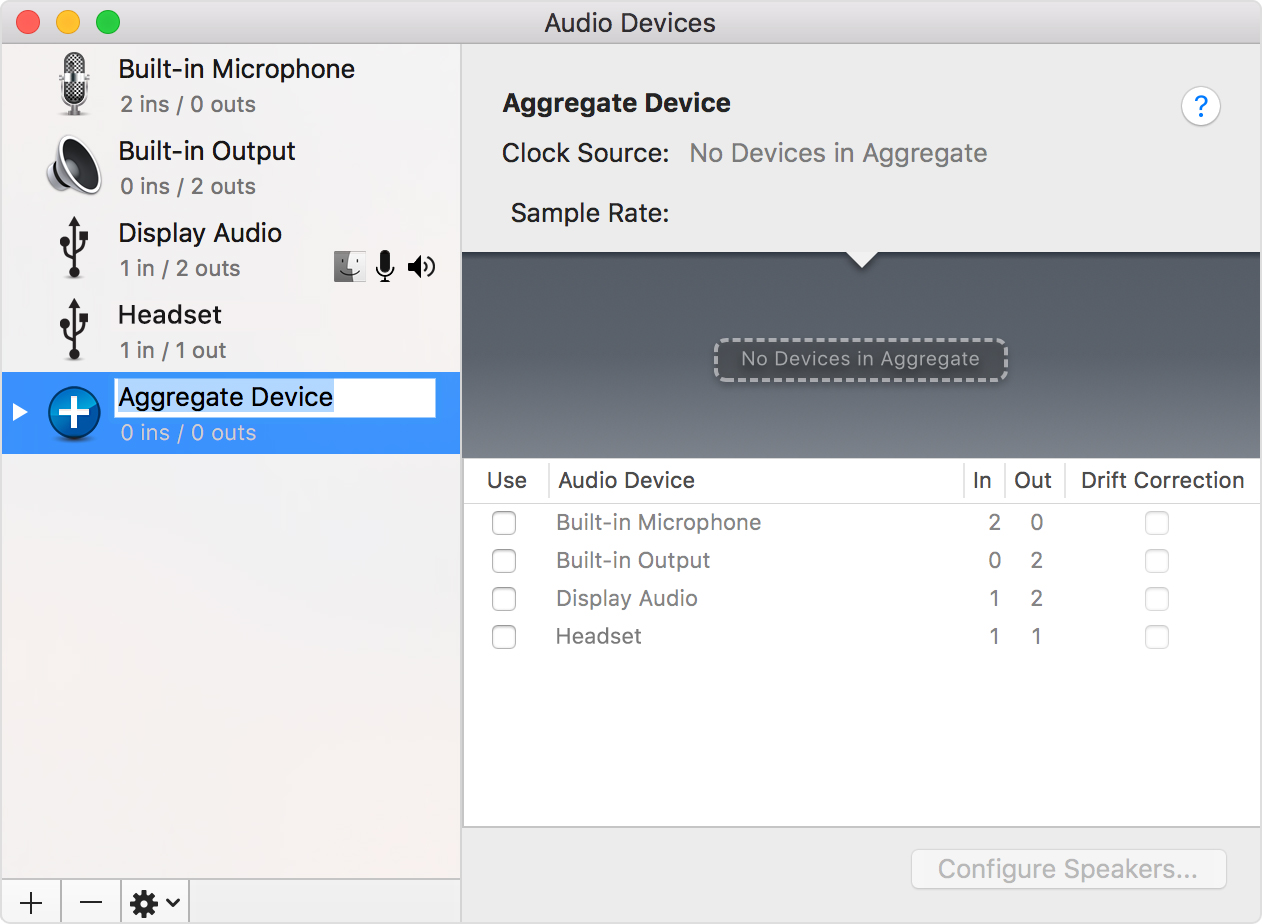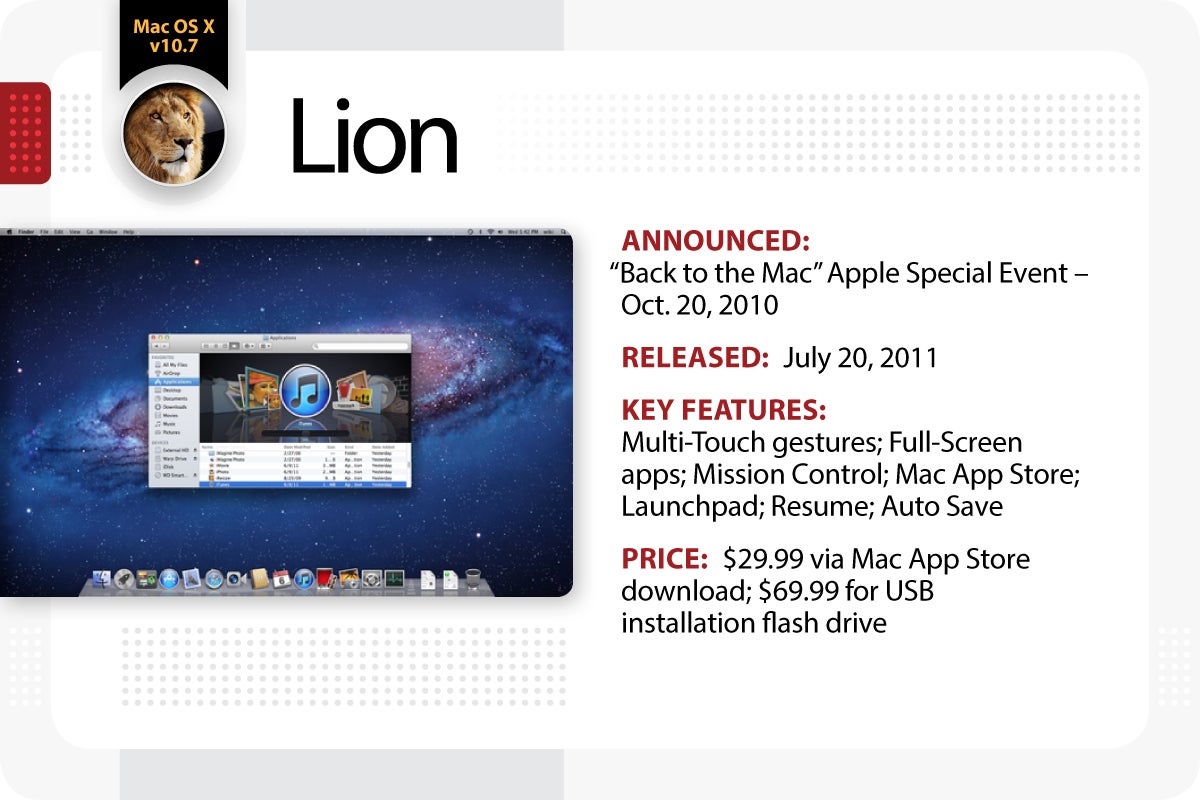

- Mac os x no volume control for usb device mac os x#
- Mac os x no volume control for usb device drivers#
- Mac os x no volume control for usb device windows#
USB storage devices can also be blocked or disabled by unloading the USB storage input /output kernel extension (.
Mac os x no volume control for usb device mac os x#
If not, then plug the port adapter in too. Block or Disable USB Port on Mac OS X by unloading the Kernel Extension. Many USB audio devices are powered by the USB connection itself. USB hubs can cause complications, and even malfunctions.
Mac os x no volume control for usb device drivers#
Most modern computer operating systems include generic USB Audio Class 1.0 drivers that are compatible with Tesira (including Windows, Mac OS X and Unix-based operating systems), therefore Tesira USB devices can usually be used in mono or stereo mode without manually. For best results, hook it direct to a USB port on your Mac. Both Tesira device types use a USB 2.0 port that operates as a USB Audio Class 1.0 device for 1- or 2-channel operation. Check the Scarlett appears under Hardware > USB. To do this: Click on Apple Logo About This Mac System Report. not mount automatically: select this option if you want to manually control access to a volume.

To get started with your USB audio interface, just plug it into a USB port. If you are unable to use your interface as an input or output device on Mac OS, you should first check that the Scarlett is being detected by the Mac by running a System Report. Fully compatible with new Apple Silicon M1 Mac devices.

Support for all Audio Device: Built-in, Bluetooth, AirPlay, USB, HDMI, DisplayPort, Thunderbolt, Aggregate and MultiOutput.

Plugging in and finding your new USB audio interface The familar volume menu item lets you select an output device for audio. Volume & Balance support for HDMI, DisplayPort and any other Audio Device. In between there’s a huge range of options, from USB headphone amps costing many thousands of dollars, and meant for just one pair of headphones, to budget mixers that let musicians record great quality audio at home on modest budgets. At the other end of the list is something like a mixing console, which will have many inputs, allowing your to hook up, say, 16 different inputs and have them all piped into your GarageBand app. on the market are designed for microphones without a volume control.
Mac os x no volume control for usb device windows#
These are popular with podcasters, for example. OS X will even remember your volume setting for each gadget independently. Is USB PnP Audio Device/FIFINE K669 Microphone seen by your Windows or Mac or. If for some reason you’re not happy with your computer, you can sell your phones and electronics for cash with Gazelle Trade-In.The simplest USB audio device is a USB microphone, which can be plugged direct into your computer and used to record. MacOS does not allow you to control sound volume or screen brightness of externally conected devices via the systems keyboard controls. Continue holding keys down until computer restarts and the startup sound for the second time, then release those keys. Press and hold Option-Command-P-R keys combination before the gray screen appears.Find Option, Command (⌘), P, and R keys in your keyboard.Go to System Preferences ->sound and change from HDMI to Headphone port. Send iTunes to an external USB device while the rest of your apps use your MacBooks internal speakers. If you using HDMI external display with sound, some user thoughts HDMI sound devices no longer controllable on OSX Install El Capitan in your Mac internal hard drive using bootable USB drive. Go to System Preferences-> sound and put the tick on “Show volume in menu bar”Ĭhanging the settings for internal speaker.īackup computer.


 0 kommentar(er)
0 kommentar(er)
